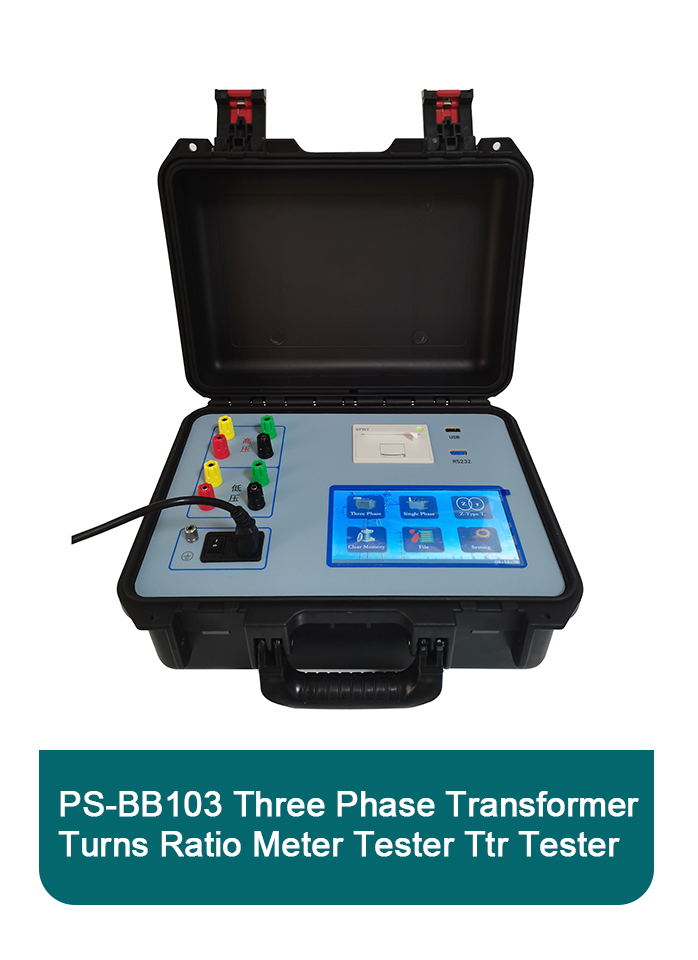 English
English


Comprehensive Analysis of Dissolved Gas Analysis in Transformer Oil for Enhanced Performance Monitoring
DGA Test of Transformer Oil Importance and Procedure
Dissolved Gas Analysis (DGA) is a crucial diagnostic tool used to assess the health of transformer oil, a vital component in the operation of electrical transformers. Over time, electrical insulation systems can degrade due to various factors, including overheating, electrical arcing, and moisture ingress. This deterioration leads to the production of gases that dissolve in the transformer oil, which can serve as significant indicators of potential issues within the transformer.
Importance of DGA Testing
The primary purpose of DGA testing is to identify any abnormalities in the transformer’s operation before they escalate into catastrophic failures. This proactive approach not only helps in extending the lifespan of transformers but also ensures the reliability and efficiency of electrical power systems. By monitoring the levels and types of gases present in the transformer oil, utilities can detect conditions such as overheating, partial discharge, and insulation breakdown.
Common gases analyzed in DGA testing include hydrogen, methane, ethane, ethylene, acetylene, carbon monoxide, and carbon dioxide. Each gas has specific implications for instance, high levels of hydrogen are associated with overheating, while significant concentrations of acetylene can indicate arcing. Consequently, understanding these gas compositions can help engineers make informed decisions regarding maintenance and repairs.
DGA Testing Procedure
The DGA testing procedure typically begins with the collection of transformer oil samples. This process must be performed carefully to avoid contamination and ensure accurate results. Sampling should be done when the transformer is in service, allowing for a real-time assessment of its condition. After sample collection, the oil is analyzed using gas chromatography or infrared spectroscopy to measure the concentrations of various gases.
dga test of transformer oil pdf

Typically, DGA tests are conducted at regular intervals – often annually or bi-annually, depending on the age and condition of the transformer
. However, under certain circumstances, such as irregular noises, unexpected shutdowns, or thermal overloads, more frequent testing may be warranted.Types of DGA Techniques
There are two main approaches to DGA online and offline testing. Online DGA monitoring involves continuous sampling and analysis of gases, providing real-time data and enabling immediate responses to alarming trends. This method is increasingly adopted due to its ability to detect issues as they arise, thereby preventing potential failures.
In contrast, offline DGA testing is a laboratory-based procedure where samples are taken from the transformer and analyzed separately. While it does provide critical insights, there is a time lag involved, which can delay necessary interventions.
Conclusion
In conclusion, the DGA test of transformer oil is an essential tool in predictive maintenance for electrical transformers. By systematically analyzing the concentration of dissolved gases within the oil, operators can gain insights into the operational health of transformers, allowing for timely maintenance actions that can prevent severe failures. As the demand for reliable electrical infrastructure continues to grow, investing in robust DGA practices will become increasingly vital for utilities and industries alike. This emphasis on proactive monitoring not only enhances the reliability of power systems but also contributes significantly to operational efficiency and safety in electrical engineering practices.
-
Differences between open cup flash point tester and closed cup flash point testerNewsOct.31,2024
-
The Reliable Load Tap ChangerNewsOct.23,2024
-
The Essential Guide to Hipot TestersNewsOct.23,2024
-
The Digital Insulation TesterNewsOct.23,2024
-
The Best Earth Loop Impedance Tester for SaleNewsOct.23,2024
-
Tan Delta Tester--The Essential Tool for Electrical Insulation TestingNewsOct.23,2024





